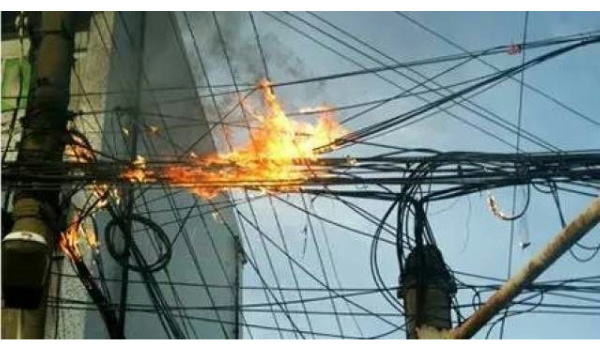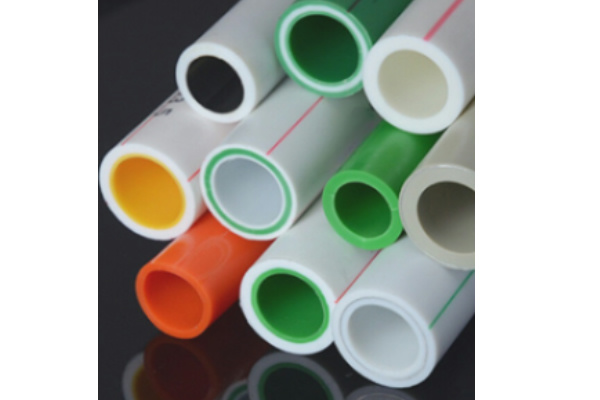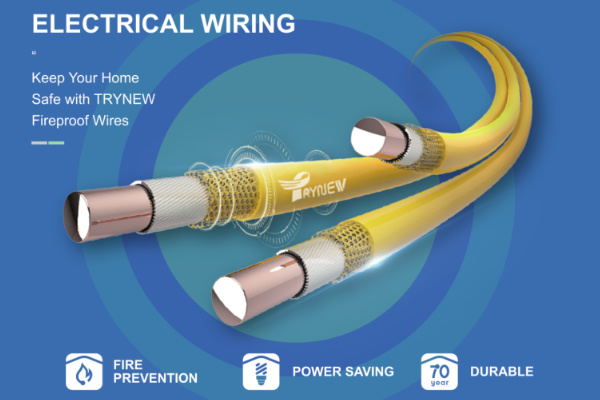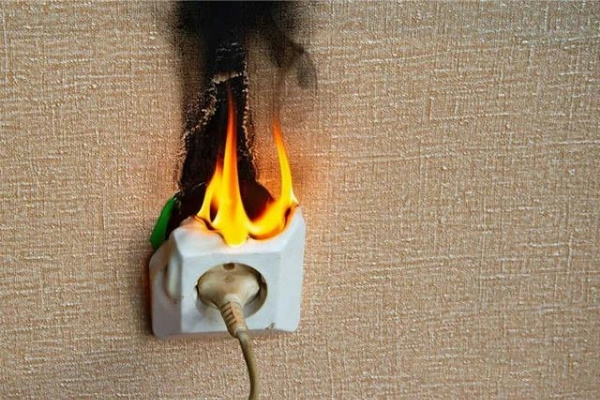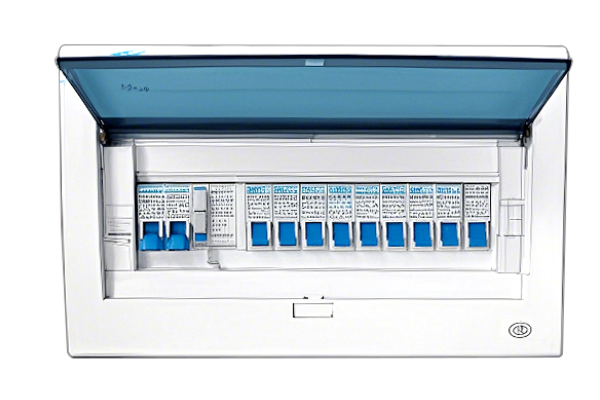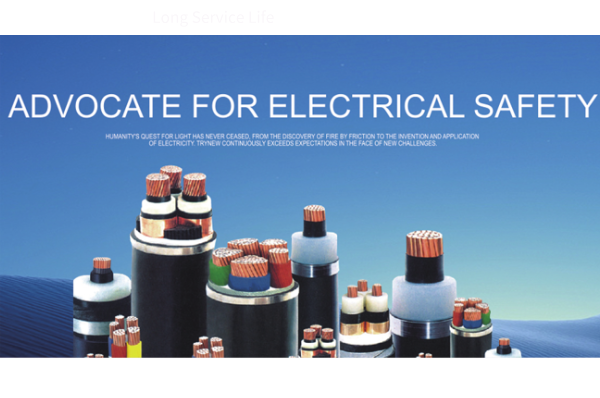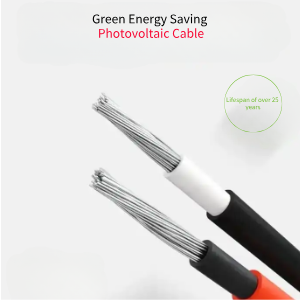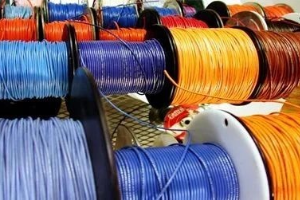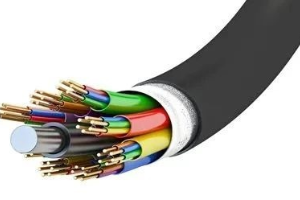How to properly select cables for a photovoltaic system?
The technological advancement in the photovoltaic industry is accelerating at a remarkable pace, with the power output of individual modules increasing significantly, and the current of string arrays also rising accordingly. The current of high-power modules has now exceeded 17A. In terms of system design, the utilization of high-power components and the provision of reasonable reserve space can reduce the initial investment cost and the cost per kilowatt-hour. The cost of AC and DC cables in the system is not insignificant. How should one proceed with the design and selection to minimize costs?
Selection of DC cables
DC cables are installed outdoors. It is generally recommended to choose photovoltaic-specific cables that have undergone irradiation cross-linking. After being irradiated by high-energy electron beams, the molecular structure of the cable insulation material transitions from linear to a three-dimensional network structure, raising the temperature resistance grade from non-cross-linked 70°C to 90°C, 105°C, 125°C, 135°C, or even 150°C. This increases the current-carrying capacity by 15-50% compared to cables of the same specification, enabling them to withstand drastic temperature changes and chemical erosion, and allowing for outdoor use for over 25 years. When selecting DC cables, it is important to choose products from reputable manufacturers with relevant certifications to ensure long-term outdoor use. Currently, the PV1-F1*4 4mm² cable is widely used for photovoltaic DC applications. However, as the current of photovoltaic modules and the power of individual inverters increase, the length of DC cables is also growing, leading to an increased application of 6mm² DC cables.



